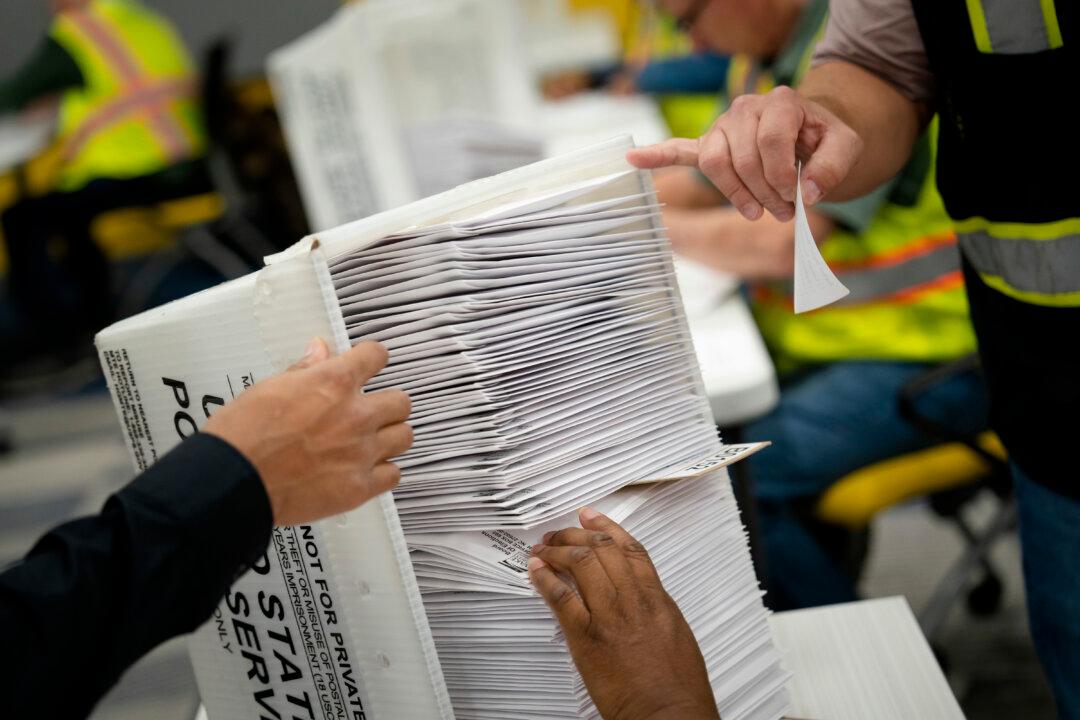The United Parcel Service (UPS) on Tuesday announced 12,000 job cuts after reporting a decline in the volume of packages being shipped, coming months after the company came to an agreement with a top union to pay drivers higher wages.
Officials with the shipping firm confirmed to several news outlets the number of job cuts, saying they represent fewer than 3 percent of the firm’s overall worldwide workforce. The cuts also do not impact union-backed employees.
The job cuts will save the firm about $1 billion, the company’s CEO, Carole Tome, told reporters on an earnings call.
“I want to thank UPSers for providing the best on-time performance of any carrier for the sixth year in a row,” the CEO said in a statement Tuesday, adding that “2023 was a unique and difficult year and through it all we remained focused on controlling what we could control, stayed on strategy and strengthened our foundation for future growth.”
The UPS managers did not say what positions would be eliminated.
UPS, sometimes seen as a bellwether for the global economy, said business conditions are not expected to improve until the second half of 2024. On Tuesday, it forecast full-year revenue in the range of $92 billion to $94.5 billion, below analysts’ estimates of $95.57 billion, based on LSEG data.
“Some of this performance was due to the macro environment and some due to disruptions associated with our labor contract negotiations as well as higher costs associated with the new contract,” Ms. Tome said on the call.
The Atlanta-based company is being squeezed by higher labor costs from its new contract with the Teamsters union and declining average daily volume. In July, UPS agreed to a contract with the Teamsters worth about $30 billion to up full-time workers’ pay to $49 per hour and $21 per hour for part-time employees.
It expects to report its lowest consolidated operating margin of the year in the first quarter, Chief Financial Officer Brian Newman said on the analyst call Tuesday.
“It’s a change in the way we work,” Mr. Newman said on the call, referring to the Teamsters contract. “So as volume returns to the system, we don’t expect these jobs to come back. It’s changing the effective way that we operate.”
UPS expects average daily volume to be weak in the first half of the year before recovering in the latter half. But even then, growth will be constrained. “The small package market in the U.S., excluding Amazon, is expected to grow by less than 1 percent,” Ms. Tome also told analysts.
In a fourth-quarter earnings report, the firm said it suffered a 6.9 percent decline in revenue from its air-based shipping services, while it saw a 7.3 decline in its truck-based business inside the United States. UPS reported quarterly revenue of $24.9 billion, which is down from $27 billion year-over-year.
“Consolidated operating profit was $2.5 billion, down 22.5 percent compared to the fourth quarter of 2022, and down 27.1 percent on an adjusted basis,” the company said in a report. “Diluted earnings per share were $1.87 for the quarter; adjusted diluted earnings per share of $2.47 were 31.8 percent below the same period in 2022.”
The firm’s 2024 outlook forecasts the revenue to range from $92 billion to $94.5 billion, according to the earnings report. The 2024 revenue estimate from UPS is likely conservative enough that the company will “not have to come back and do this again next quarter,” said Arthur Hogan, chief market strategist at B. Riley Wealth, referring to the forecast reductions.
“The small package market in the U.S., excluding Amazon, is expected to grow by less than 1 percent,” Ms. Tome said on the call. Amazon accounted for 11.8 percent of UPS revenue last year.
Ms. Tome also said Tuesday that UPS would ask employees to return to the office to work five days per week in 2024, saying the firm is also working to sell off its Coyote brokerage business.
UPS is looking to find a new way to offer the “very low-margin” services that Coyote provides without the overhead, she added.. Coyote’s revenue topped $4 billion during the height of the COVID-19 pandemic shipping boom, but “it’s come way down since then,” she said.
As of Monday morning, UPS’s stock declined about 7.5 percent, down to around $146 per share.







